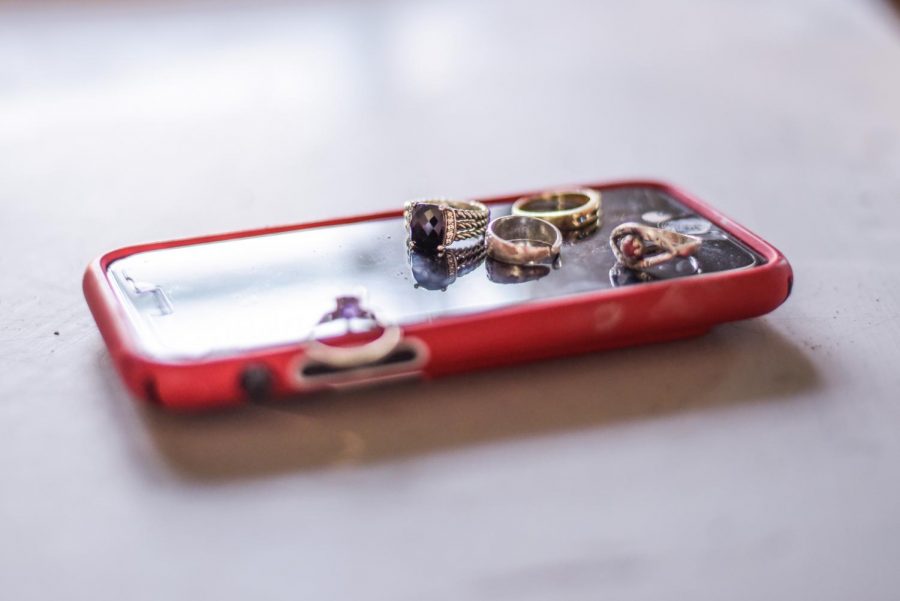
Since the release of the iPhone 4S in 2011, Apple has been consistent with the releases of its most popular device.
Every fall, the multi-billion dollar company excites its fans with updates and new features for the beloved smartphone. With almost 20 percent of the United States’ population owning iPhones, according to statista.com, new releases are typically the talk of the technological world after they are announced.
Ridicule is often directed toward the iPhone for its incremental updates and lack of “wow” factors. This year, though, the iPhone 6 will have a full redesign both inside and out. As a direct threat to large Android phones such as the Samsung Galaxy S5, Apple has decided to expand the iPhone’s screen once again, this time to 4.7 and 5.5-inch screens. These two separate phones will debut at the same event; either both titled the iPhone 6, or the 5.5-inch iPhone holding its own name such as iPhone Air.
There will be other noticeable aesthetic differences between the iPhone 5S and the iPhone 6, as well, including a thinner, more rounded form factor—a change from the square design of recent iPhones. The front screen will be made from a new sapphire material, stronger and more scratch resistant than Gorilla Glass. Behind the sapphire there will be a higher resolution screen, with an increase of about 30 pixels per inch.
The power and lock button, which has been located on the top of iPhones since the beginning, is likely to change, as well, moving to the right side of the device. This is intended to make locking and unlocking easier with the larger screen sizes.
Some analysts believe the Apple logo at the rear of the iPhone 6 will be illuminated, much like the backside of MacBooks and MacBook Pros. The backside camera may also finally get an upgrade. iPhones have sported an eight-megapixel camera for almost three years now, but the iPhone 6 will see a bump to 10 megapixels, and a new true-tone flash.
Along with these external changes, there will be some more typical internal updates. Apple will be updating the battery, processor and graphics unit on the iPhone 6, as they have always done with new phone releases. The storage size is likely to be enlarged to 32 gigabytes for the cheapest model, up to a possible 128 GB.
However, new additions will also be made to the internals. For example, Near Field Communication (NFC) is a technology used for everything from making purchases with a digital credit card to sharing contacts with friends. A leaked schematic for the new iPhone obtained by Business Insider suggests the existence of an NFC chip in the device.
All of the fun is not reserved for just the iPhone 6, however. The new iOS 8 software update will be a change that all iPhone owners can utilize. It will be available this fall for all iPhone models starting with the iPhone 4S. Notable features include the ability to reply to a message within the notification center, sending voice messages and current GPS location in the messaging app and HealthKit, a brand new health-related app.
Other, less talked-about features include updates to Siri, like the new “Hey Siri” command that initiates a voice-activated request, as well as changes to the iPhone keyboard, including predictive text and the ability for users to install other keyboards, such as Swype, as their default.
Those looking to get their hands on new iPads will also be in luck this fall, as a second Apple event in October is rumored to show off a newly redesigned tablet along with some other goodies. As for the iPhone 6 (and possibly the long-awaited iWatch), Apple has just sent out invitations for an event Sept. 9 with the tagline, “We wish we could say more.”
Kevin Hollerbach can be reached at [email protected].


















